At the beginning of each year, Rune Fisker from 3Shape and I come together to share our insights on the future of digital dentistry.
In 2024, we highlighted how AI, 3D printing, and the rapid adoption of intraoral scanners were reshaping the field. Those predictions proved to be quite accurate - AI platforms like 3Shape Automate, Dentbird, Pearl and Diagnocat have become increasingly popular in dental practices and labs, while 3D printing has continued to make strides, especially in restorations and removable prosthetics.
As we enter 2025, the digital dentistry landscape continues to evolve at an exhilarating pace. Building on last year’s remarkable advancements, this year holds the potential for groundbreaking innovations that will revolutionize the way dentistry is practiced.
Once again, our friend Rune Fisker has shared his invaluable perspective on where the industry is headed. For a look back at how accurate our previous forecasts were, you can revisit last year’s trends here. Also those in 2023 and 2022.
Let’s dive into what 2025 has in store for the world of digital dentistry.
#1. Generative AI Becomes Mainstream Reality
Rune Fisker:
In a study, Inside Dentistry recently published, it found 18% of USA dental professionals already integrating AI into their workflows with another 66% considering adoption - from analyzing x-rays and patient diagnostics to supporting workflows, AI has arrived, and most importantly, you should leverage it too.
iDD:
These numbers are impressive but not surprising. We've been watching AI transition from a buzzword to a practical clinical tool.
What’s particularly fascinating is how AI is expanding beyond caries detection and diagnostics. It’s now streamlining workflows, enhancing treatment planning, and even automating significant aspects of CAD. AI-designed crowns, bridges, inlays, onlays, and even surgical guides are no longer just concepts - they’re a reality. And this year, its impact is set to grow even further.
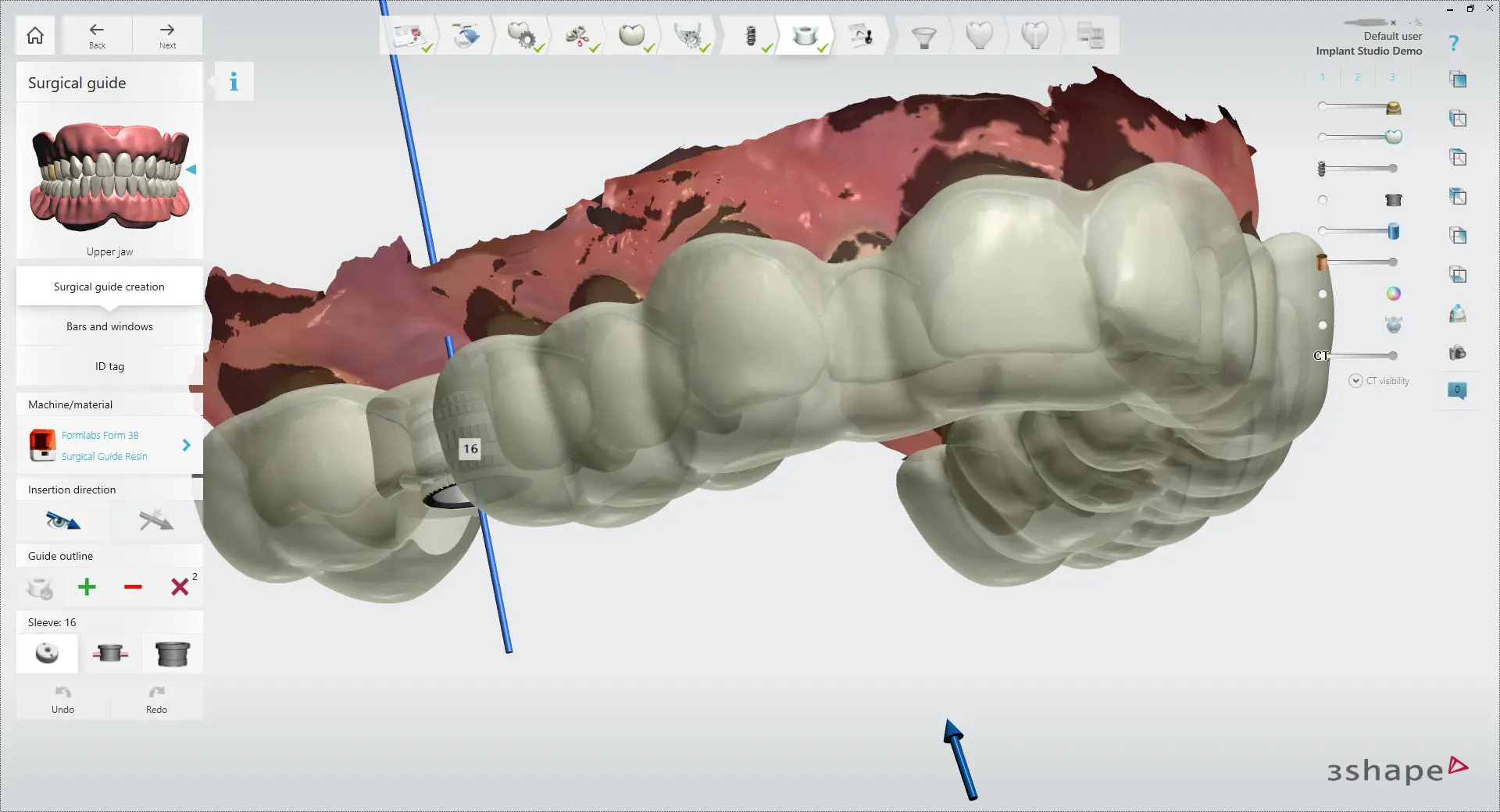
#2. Digital Consumer Experience Takes Center Stage
Rune Fisker:
We are all digital consumers. Dental patients are no different. In 3Shape’s own research, we found 78% of those questioned would value their own personalized dental care guidance. In fact, 90% of those we polled stated that seeing their scan would be highly valuable. In 2025, we will see technology-empowered patients.
iDD:
In our practice, we’ve been integrating this approach for many years, and the results have been transformative. Tools like digital scans, CBCT, AI-powered treatment simulations, and interactive treatment planning have evolved from being innovative extras to essential components of our examinations and patient communication.
I agree with Rune. These technologies empower patients by making their treatment options more tangible and personalized, aligning perfectly with the trend Rune highlighted. Patients no longer have to rely solely on verbal explanations or technical jargon; instead, they can see and understand their dental health in real time. This visual and interactive approach not only boosts engagement but also builds trust and fosters informed decision-making.
As we embrace this shift towards patient-centric, technology-driven care, I’m curious - what digital tools have you found most effective for enhancing patient communication? Comment below!
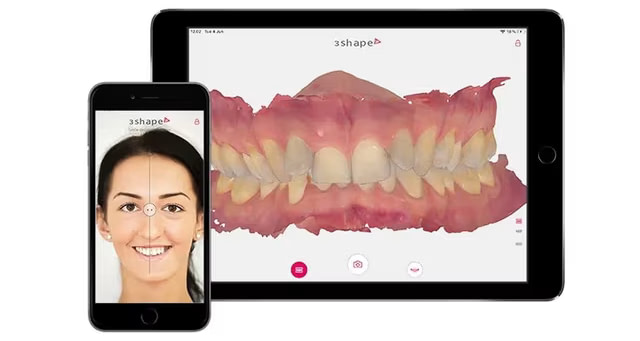
#3. Intraoral Scanners: From Optional to Essential
Rune Fisker:
A 3Shape TRIOS intraoral scan is taken every second of every day! Inside Dentistry’s year- end review found USA IOS penetration at 57%. But in 2025, we will see scanners evolve far beyond digital impressions. They’ll become central to diagnostics, treatment planning, and patient communication, driving higher treatment acceptance rates and improving the overall patient experience.
iDD:
The numbers speak for themselves - IOS adoption has skyrocketed, and its impact on modern dentistry is undeniable.
What’s truly exciting, though, is how these devices are transforming into comprehensive diagnostic and communication hubs, as Rune pointed out. In our experience, practices are leveraging these scanners not just to replace traditional impressions but to revolutionize patient care.
From real-time patient education to advanced treatment planning and long-term monitoring, the applications are continually expanding. The ROI isn’t just about saving time or materials; it’s about elevating the quality of care, boosting treatment acceptance rates, and delivering a superior patient experience.
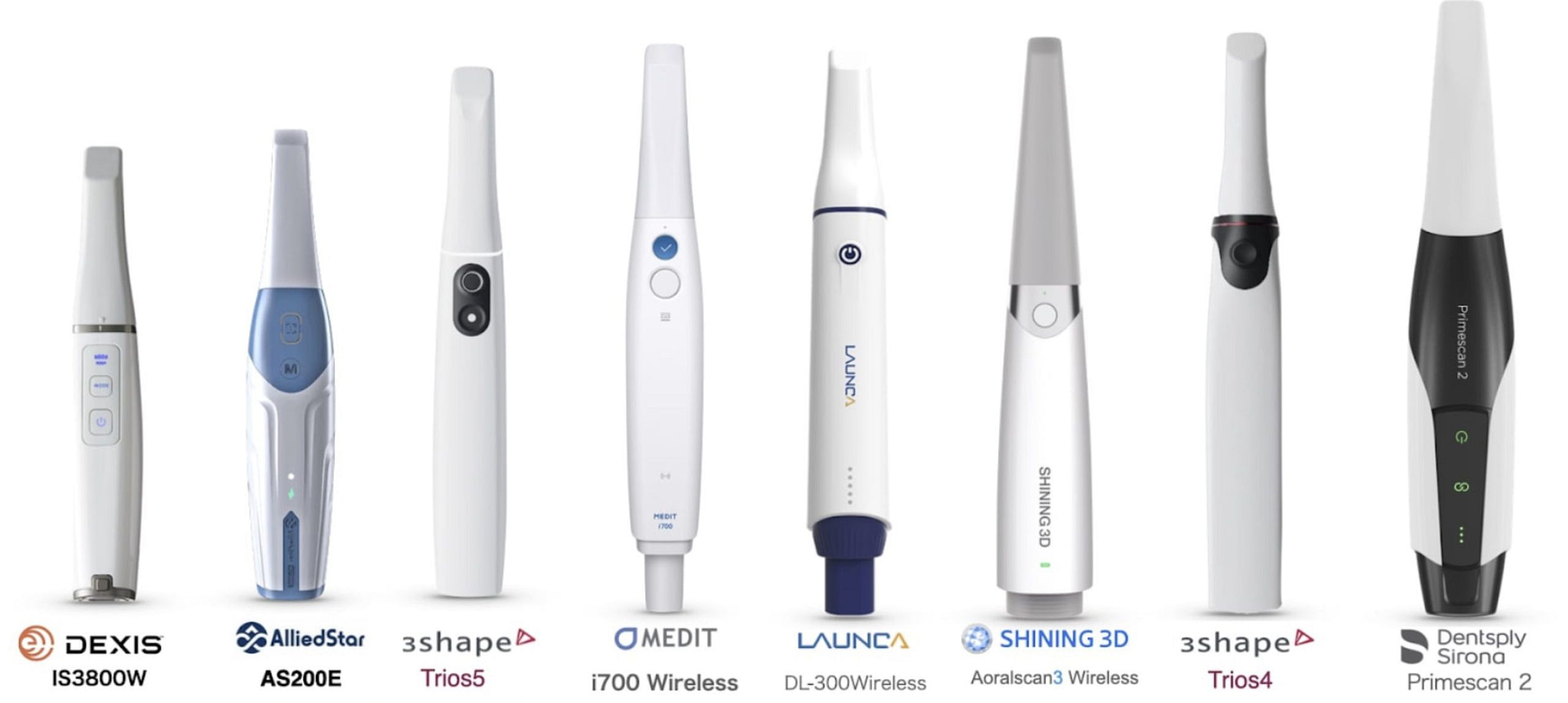
#4. The Rise of 3D Printing Over Milling
Rune Fisker:
15% of USA dental practices now use a 3D printer according to Inside Dentistry’s research. In the USA, did you know that more practices have printers than mills for their in-office workflows? As always, it will be the resins that determine mainstream printer adoption. But the materials are getting better, and we are seeing dentists like the USA’s Austin Vetter scanning, designing with AI, and printing temporary crowns in amazingly fast workflows.
iDD:
This represents a major shift in the dental industry, especially considering how recent it is.
The rapid advancements in printing materials, especially for temporary crowns, have been a game changer. It’s exciting to witness how materials are evolving to support more durable and reliable restorations. But I think the main reason 3D printing has overtaken milling in the dental office is simple - cost. Printers are far cheaper than milling machines, and are easier to maintain and run.
We're also closely following innovations from companies like SprintRay, particularly in the permanent restoration space, which could significantly expand the potential of in-office printing. The combination of AI-driven design and high-quality printing materials is bringing same-day dentistry within reach for more practices, and it’s not just about speed—it's about providing patients with faster, more efficient treatment options without compromising quality.
This trend is set to fundamentally transform our approach to restorative care. As a CEREC user for nearly a decade, I can confidently say that offering single-visit dentistry has become an indispensable part of my practice.
What advancements have you seen in 3D printing materials that have had the greatest impact on your practice?
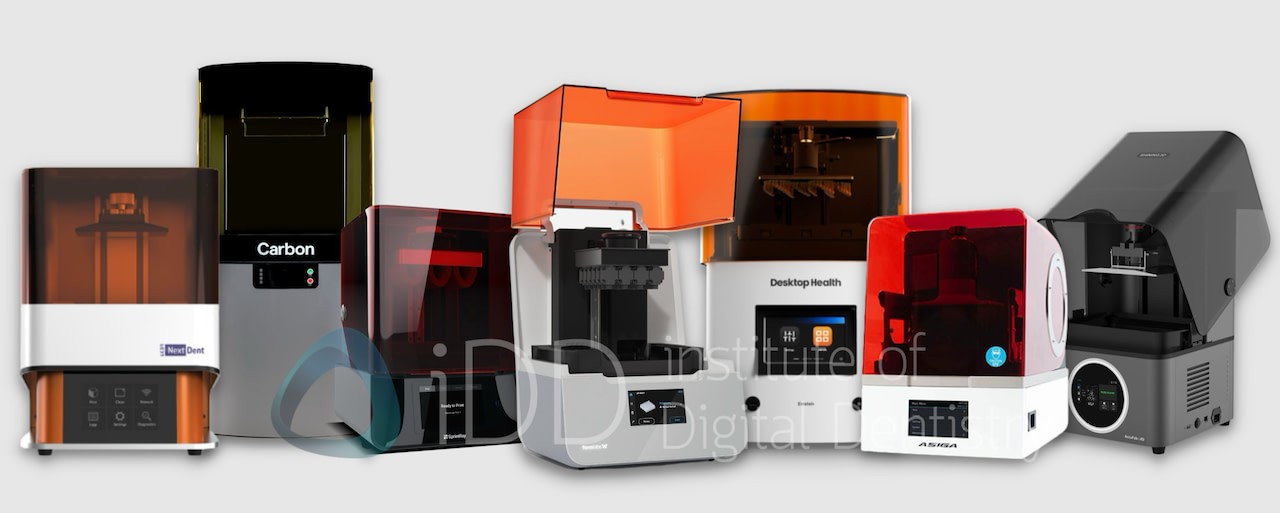
#5. Cloud Integration: Connecting the Digital Dots
Rune Fisker:
As we get more digital, dental professionals are discovering that many of their solutions do not connect. In 2025, we will see workflows being integrated typically in the cloud. It will connect the various siloed solutions to enable more seamless data transfer, with the ultimate goal of creating one integrated solution to manage your practice.
iDD:
This is perhaps the most essential development for the future of practical, everyday digital dentistry dentistry. Integration and workflows.
The challenge of juggling multiple digital solutions that don't communicate with one another is something we all face.
Cloud integration holds the promise of solving this issue, but we’re still awaiting comprehensive solutions from the major players. DS Core seems very interesting and many others are rushing onto the cloud.
We’re especially excited to see how cloud integration will streamline daily workflows and improve practice efficiency, making digital dentistry even more seamless and effective.
What integrations are you most excited about, and how do you think cloud-based solutions will impact your practice's daily operations?
Conclusion
Looking ahead, 2025 is poised to be a pivotal year for digital dentistry, with exciting innovations on the horizon that promise to reshape the field. As we look toward the upcoming IDS in March (which looks to be a big one), we’re eager to witness the next wave of advancements that will further enhance our practices.
While the rapid pace of change can feel overwhelming at times, every new development holds the potential to make dentistry more efficient, predictable, and, most importantly, patient-centered. These advancements are not just about improving technology - they’re about creating a more seamless, effective, and personalized experience for both practitioners and patients alike.
What do you think of these trends? Are you already incorporating any of these groundbreaking technologies into your practice? We’d love to hear your thoughts and experiences in the comments below, as your insights play a crucial role in shaping the conversation around the future of digital dentistry.
Stay tuned for our upcoming, in-depth reviews of the latest AI platforms and digital solutions. We remain committed to providing you with objective, practical insights that will help you navigate and thrive in this exciting, rapidly evolving digital landscape.
Together, we can continue to push the boundaries of what’s possible in dentistry.

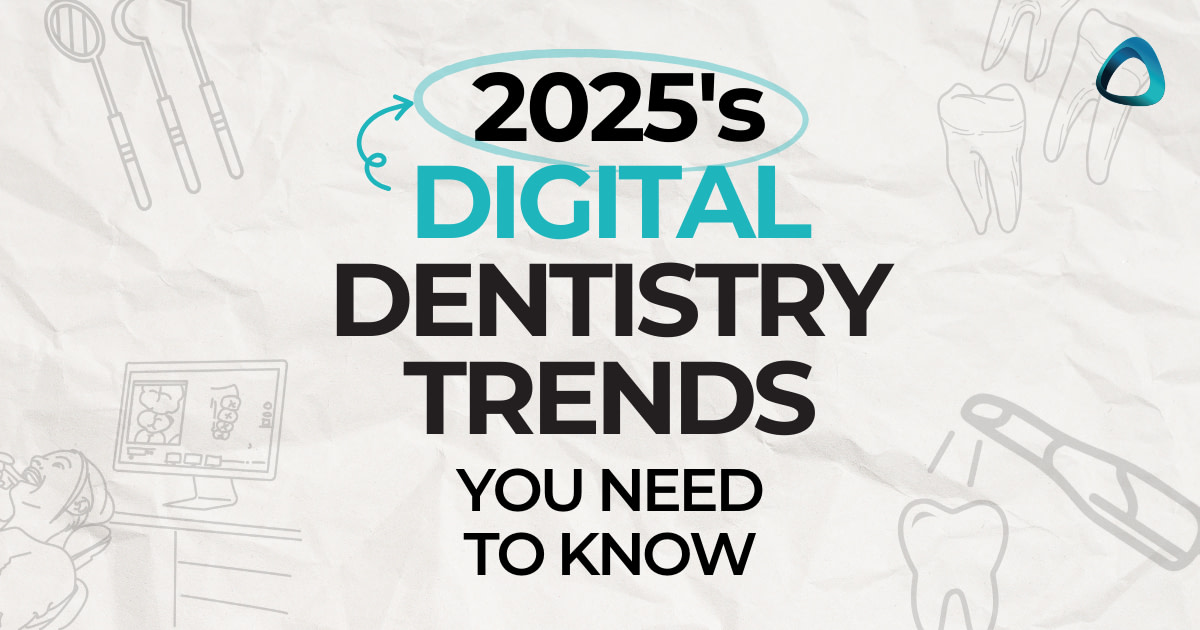

Fantastic article!!!
Thank you! We love the annual insights Rune and the 3Shape team bring.